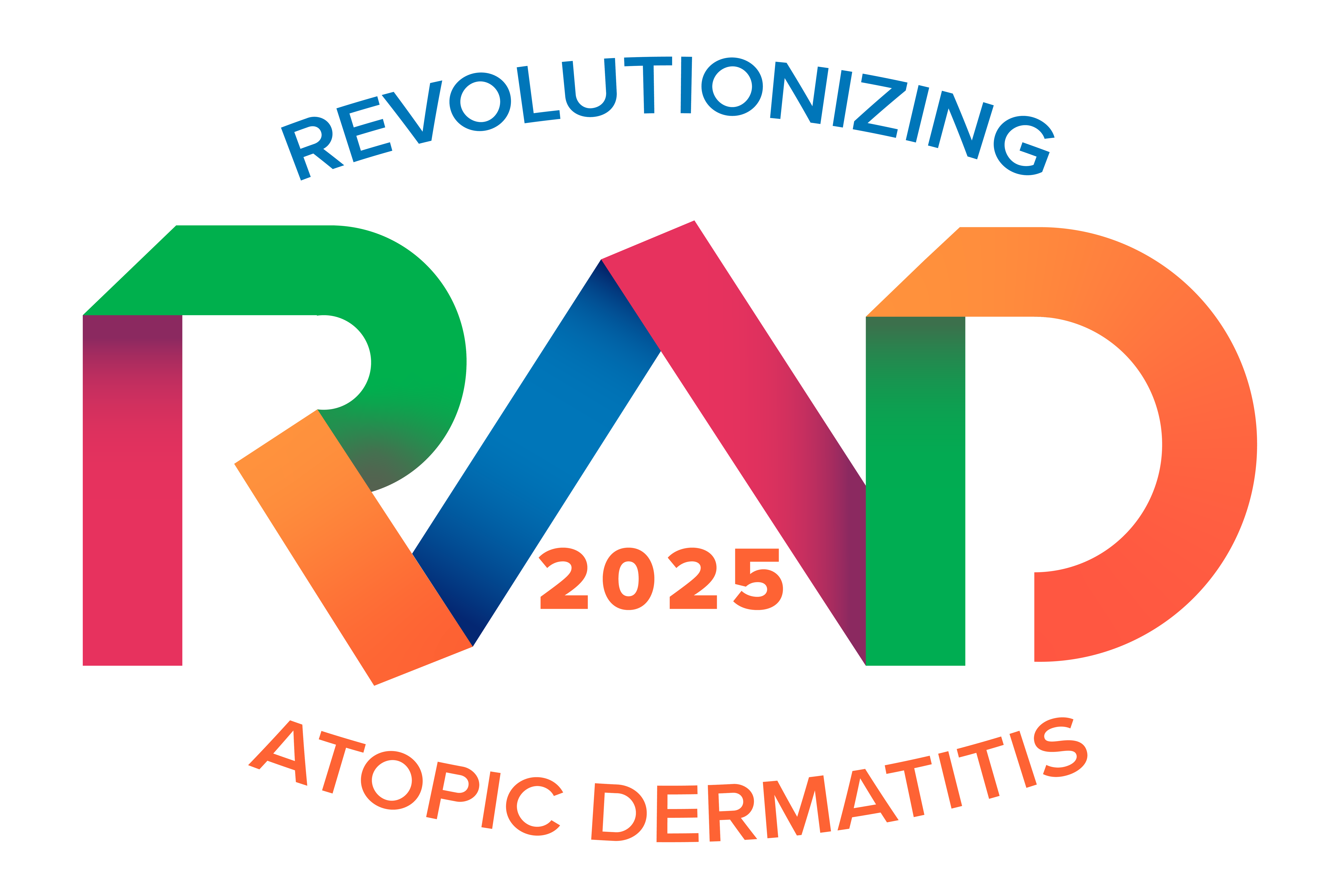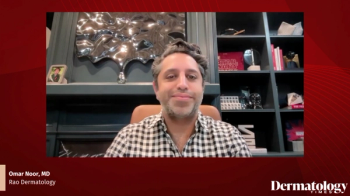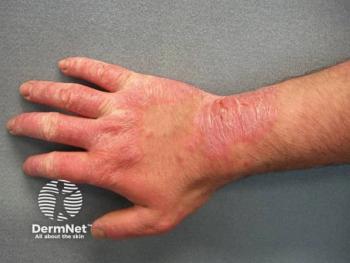
Road to RAD: What to Expect

Key Takeaways
- Emphasis on translating advancements in AD therapies into practical clinical knowledge for front-line providers.
- Importance of understanding comparative differences, selecting appropriate treatments, and communicating risk-benefit profiles.
Co-chairs Jonathan Silverberg, MD, PhD, MPH, and Raj Chovatiya, MD, PhD, MSCI, gave insight into what attendees can look forward to at this year's meeting.
In a recent conversation with Dermatology Times ahead of the Revolutionizing Atopic Dermatitis (RAD) Conference, co-chairs Jonathan Silverberg, MD, PhD, MPH, and Raj Chovatiya, MD, PhD, MSCI, emphasized the importance of translating the latest advancements in atopic dermatitis (AD) therapies into practical clinical knowledge for front-line providers. Their discussion centered around equipping everyday practitioners with evidence-based strategies for using both approved and emerging treatments confidently and effectively.
“There’s a lot there,” said Silverberg. “Addressing the newer therapies, really meant to be clinically relevant, really trying to get the practitioner in the trenches up to speed as quickly as possible and comfortable when and how to use the newer therapies.” The focus, they stressed, is not just on introducing the latest options, but on helping clinicians understand comparative differences, how to select the most appropriate treatment, and how to communicate risk-benefit profiles with patients.
AD continues to be one of the most common and frustrating dermatologic conditions encountered in daily practice. As Chovatiya noted, even if AD is not a primary research interest for clinicians, “it’s something you see a lot,” making it critical to understand both foundational and advanced therapeutic strategies.
A key theme of their session was the importance of identifying the right patient subsets for newer treatments, not just within traditional AD populations, but in overlapping or related conditions such as chronic hand eczema. This broader lens highlights the expanding role that AD therapies might play in adjacent disease states, marking a significant evolution in dermatologic treatment paradigms.
Moreover, the discussion underscored the comprehensive nature of educational events and meetings focused on AD. “You're going to hear all about not only the approved items that are in your therapeutic repertoire, but also the emerging items that are coming out there,” said Chovatiya. These gatherings also offer opportunities to network with both clinical peers and industry professionals, and to explore the latest research through abstracts and poster sessions.
Ultimately, the conversation served as a call to action for dermatology providers to remain engaged with the evolving AD landscape, both for the sake of improving patient outcomes and for elevating their own clinical expertise. With a wealth of therapies and insights now available, clinicians are better positioned than ever to tailor treatment plans to the unique needs of their patients.
Newsletter
Like what you’re reading? Subscribe to Dermatology Times for weekly updates on therapies, innovations, and real-world practice tips.



















